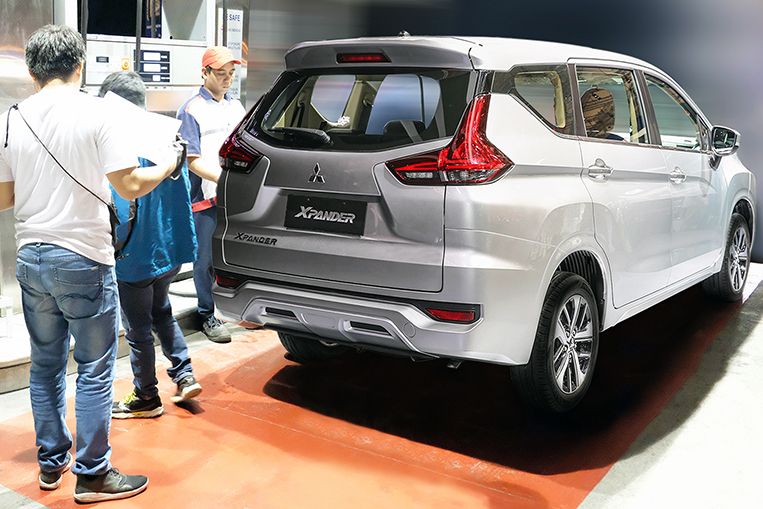
Fuel economy is one of the most crucial factors in any car buyer’s decision-making, especially so in a budget-conscious market like ours. And so it has become common practice in the local auto industry for car companies to brag about their vehicles’ fuel efficiency, particularly in relation to that of the competition. Obviously, the better the advertised figures are, the higher the cars’ chances of making it to most people’s short lists.
But consumers are much wiser today; most of them now know better than to believe marketing claims without supporting evidence. Which is why automakers are now resorting to the so-called “fuel economy run,” which is basically a fuel-efficiency test that involves vehicle models belonging in the same class, and then asking a somewhat credible motoring organization to certify the results.
That’s what Mitsubishi Motors Philippines did with the Xpander MPV in early February. Perhaps wanting to silence critics who were faulting the Xpander for being available only with a gasoline engine, Mitsubishi pitted its new product (in two variants, the GLX MT and the GLS Sport AT) against four similar vehicles from competing brands, some of which were diesel-powered.
Arlan Reyes, MMPC’s senior manager for marketing services, politely declined when we asked him to identify the Xpander’s competitors in this exercise, but he did confirm that the Toyota Rush wasn’t part of the activity (as it was launched only recently). The Filipino executive also added that their fuel eco run followed the guidelines and the parameters of the ones being conducted by the Department of Energy, including the route (starting from Clark going to the end of TPLEX, and then back).
Also, as with the DOE runs, only two passengers were assigned to each vehicle, with the air-conditioning fan set to the lowest speed and the thermostat set to the coldest setting, according to Reyes. Finally, MMPC commissioned Automobile Association Philippines to monitor the proceedings and validate the results.
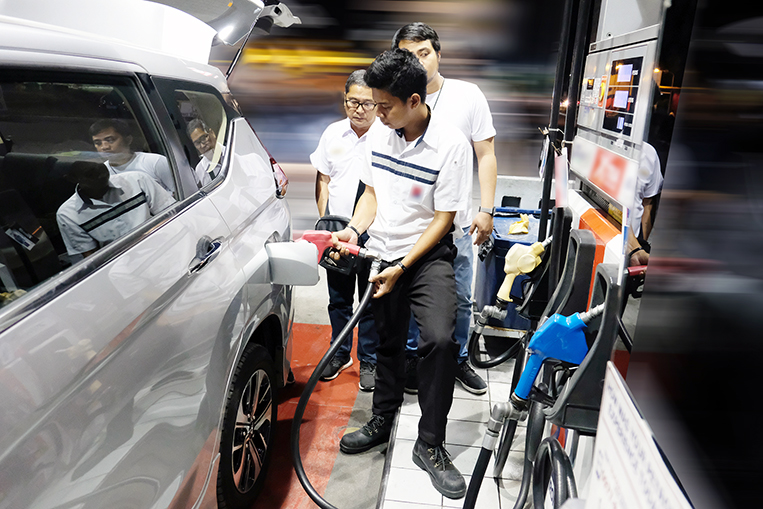
Enough with the introduction. Here’s the outcome of the 236.58km fuel eco run, completed at an average speed of 80km/h:
In first place was the Xpander GLS Sport AT with 22.94km/L, followed by the Xpander GLX MT with 21.01km/L. Mitsubishi would only reveal the numbers for the third- and last-placed participants: 19.8km/L and 17.4km/L, respectively. This, said Mitsubishi’s press statement, proves that the Xpander’s 1.5-liter 4A91 MIVEC gasoline powerplant is “fuel-efficient without compromising the performance of the vehicle, which makes it ideal for Filipino customers.”
You’re probably wondering: What if the Xpander got beaten by the others? Well, we wouldn’t be hearing about this story then. It’s that simple.
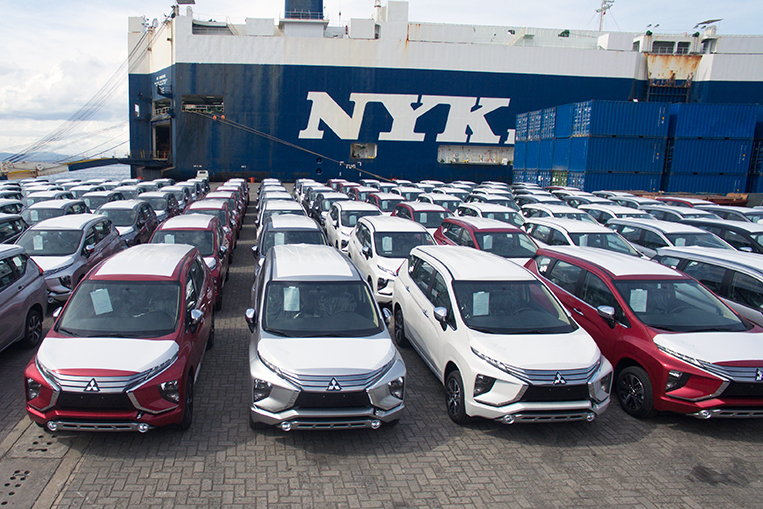
If you’re impressed and you’re considering purchasing a unit, you’re in luck as Mitsubishi also recently announced that the first batch of Xpander shipment had arrived at Bauan International Port in Batangas. And if you do buy one, let us know whether the above fuel-economy figures are accurate or spurious. We’re eager to find out for ourselves, too.


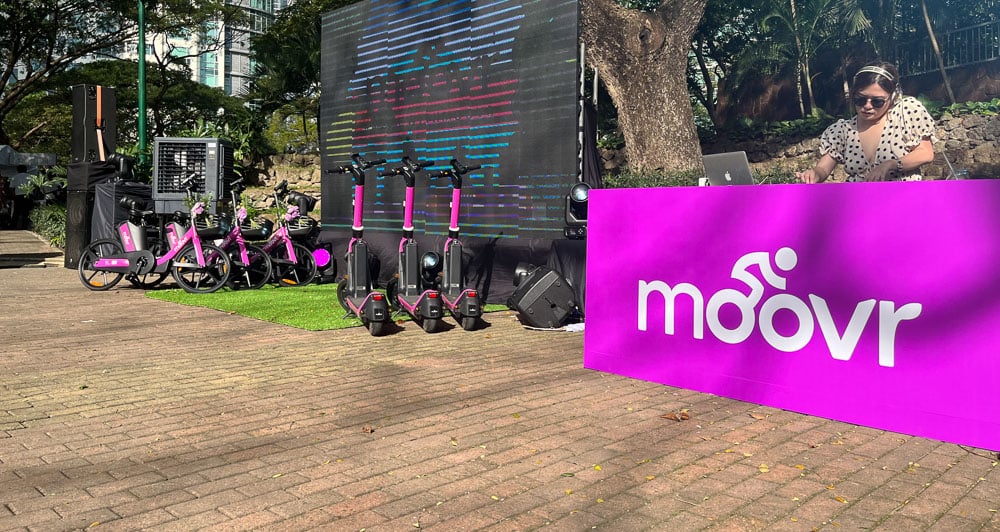
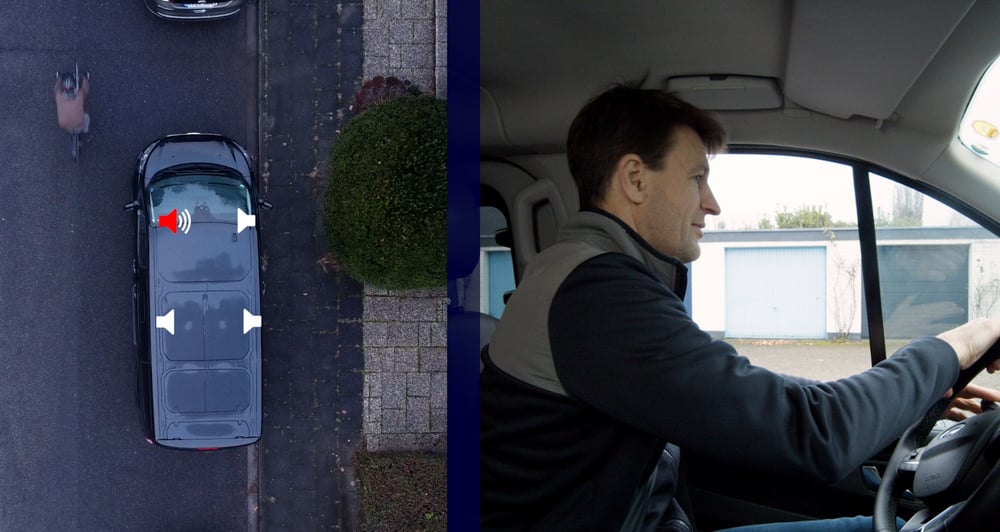
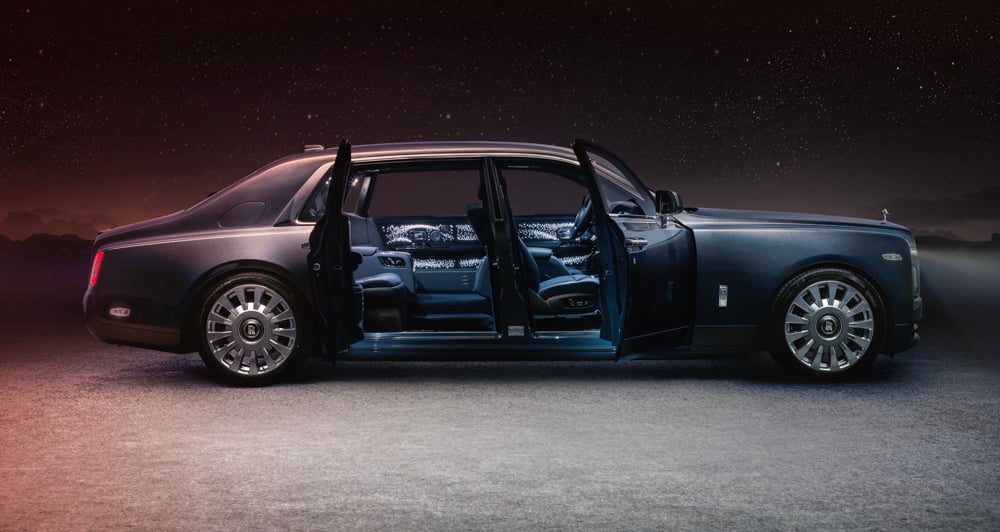


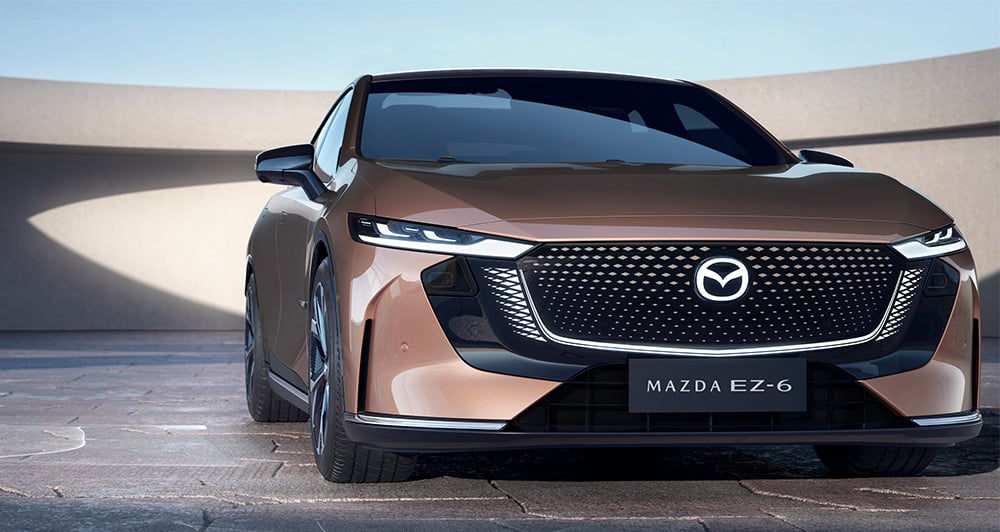
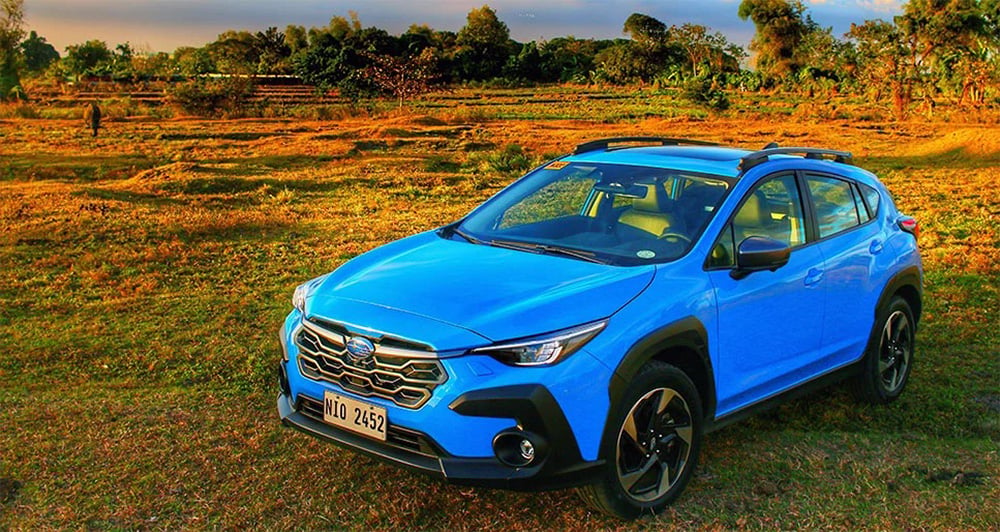


Comments